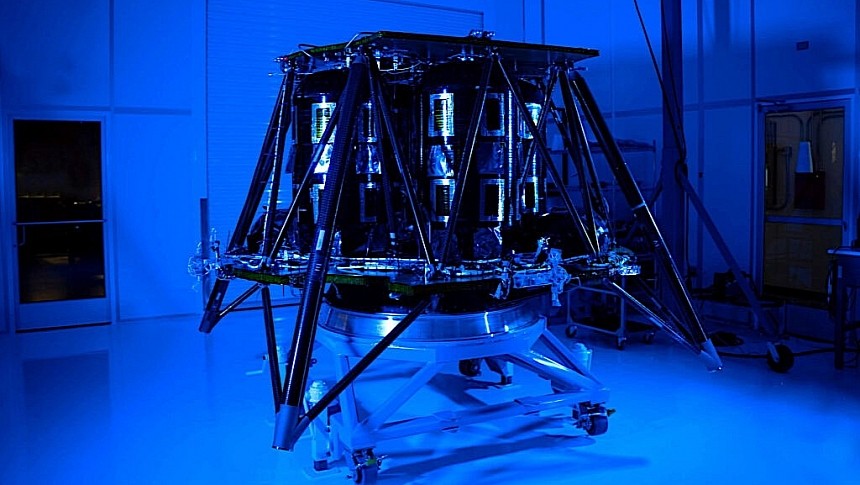The privatization of space exploration seems to have worked wonders for what humanity can do up there. We're not yet at a point where we can truly make use of private space stations and off-world bases, but we're getting there, and fast.
After years of struggle and investments, humanity is finally on the verge of really opening up the solar system for many of us to explore and enjoy. It will do so through a mixture of government- and privately-backed pieces of hardware meant to colonize the near-Earth orbit, reach the Moon and Mars, and possibly go even further than that.
One of the pillars of the current space exploration efforts is the plan for the Moon. There is no question about it that the place will eventually be a permanent home for humans, and that the private sector would have contributed greatly to that.
We're already witnessing how that will unfold through the many partnerships signed by NASA with private companies over the past few years. From making use of privately operated space stations in orbit to using spaceships and landers it had no hand in making, there are few things in this brave new world that NASA seems to be missing out on.
Next year, for instance, the space agency will send to the Moon no less than ten instruments, including some that will perform never-before-attempted tasks: they will be used to sample lunar regolith, test GPS capabilities, see if a radiation-tolerant computer works on the Moon, and try to learn how to deal with lunar dust.
All of these instruments will arrive at their destination in Mare Crisium on board a lunar lander called Blue Ghost. The hardware is being cooked up in the labs of a company called Blue Ghost and made by Firefly Aerospace. And the company just announced it has completed the development and assembly of the structure.
The lander is relatively small, coming in at two meters high (6.6 feet) and 3.5 meters (11.5 feet) in diameter. It can carry a total of 150 kg (342 pounds) to the surface of the Moon, but when used as an orbital delivery vehicle, that mass increases to 2,700 kg (6,000 pounds).
The lander's first mission with the above NASA science on board will depart in 2024, and it will become the first one in a program NASA calls Commercial Lunar Payload Services (CLPS).
At the time of writing this taxi to the Moon has already gone through of sorts qualification testing, and is now awaiting payload integration. Although the mission has not even departed yet, Firefly has already begun work on the second lander, meant to reach the far side of the Moon in 2026
One of the pillars of the current space exploration efforts is the plan for the Moon. There is no question about it that the place will eventually be a permanent home for humans, and that the private sector would have contributed greatly to that.
We're already witnessing how that will unfold through the many partnerships signed by NASA with private companies over the past few years. From making use of privately operated space stations in orbit to using spaceships and landers it had no hand in making, there are few things in this brave new world that NASA seems to be missing out on.
Next year, for instance, the space agency will send to the Moon no less than ten instruments, including some that will perform never-before-attempted tasks: they will be used to sample lunar regolith, test GPS capabilities, see if a radiation-tolerant computer works on the Moon, and try to learn how to deal with lunar dust.
All of these instruments will arrive at their destination in Mare Crisium on board a lunar lander called Blue Ghost. The hardware is being cooked up in the labs of a company called Blue Ghost and made by Firefly Aerospace. And the company just announced it has completed the development and assembly of the structure.
The lander is relatively small, coming in at two meters high (6.6 feet) and 3.5 meters (11.5 feet) in diameter. It can carry a total of 150 kg (342 pounds) to the surface of the Moon, but when used as an orbital delivery vehicle, that mass increases to 2,700 kg (6,000 pounds).
The lander's first mission with the above NASA science on board will depart in 2024, and it will become the first one in a program NASA calls Commercial Lunar Payload Services (CLPS).
At the time of writing this taxi to the Moon has already gone through of sorts qualification testing, and is now awaiting payload integration. Although the mission has not even departed yet, Firefly has already begun work on the second lander, meant to reach the far side of the Moon in 2026







